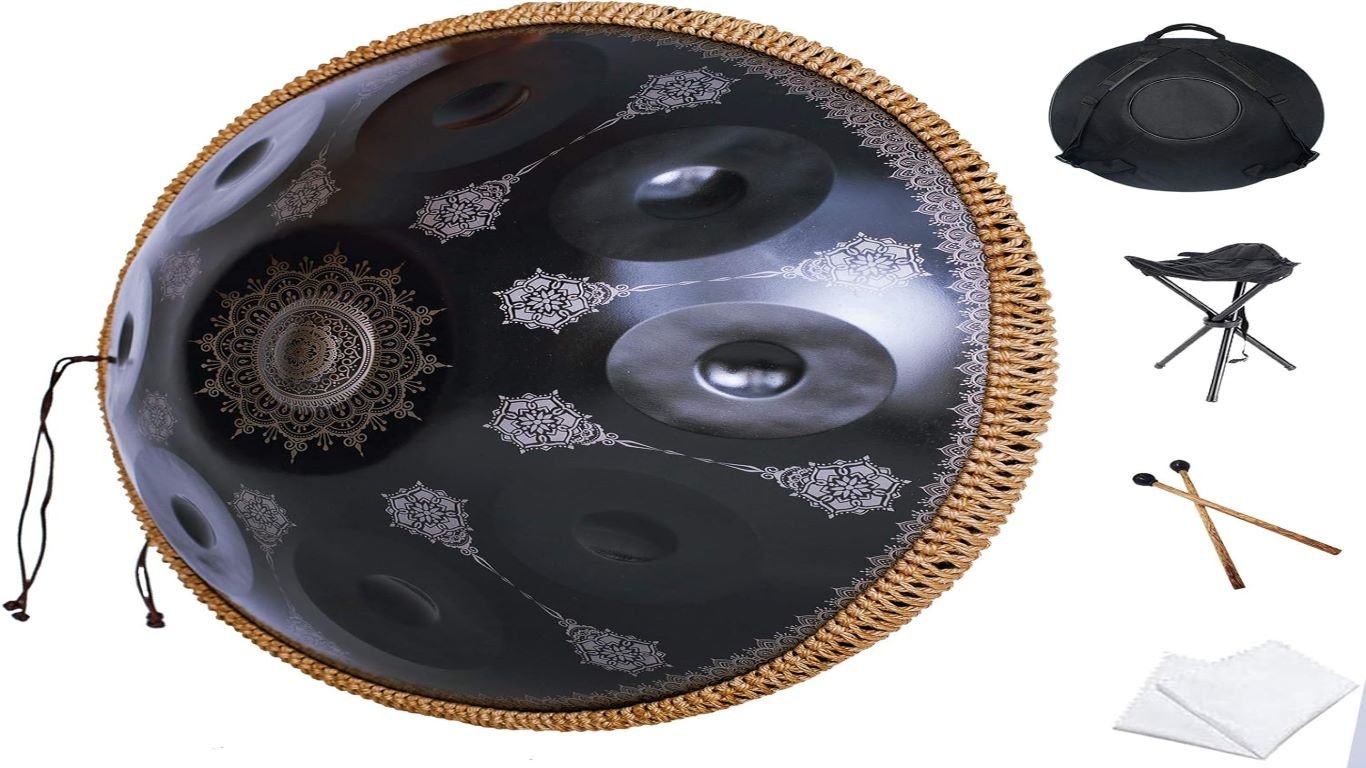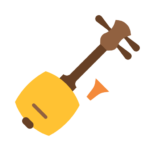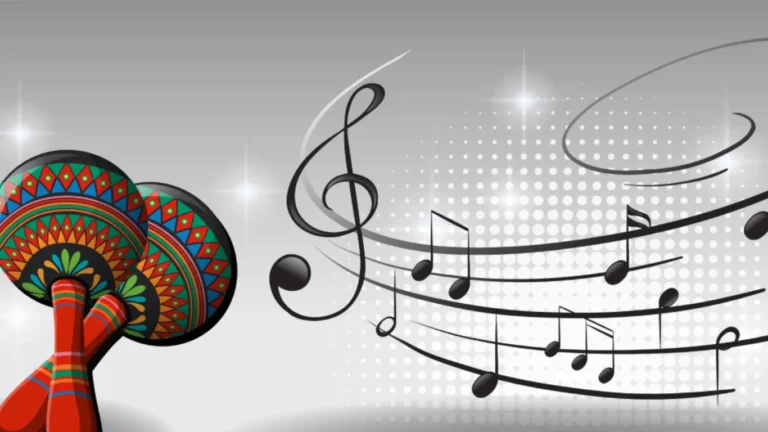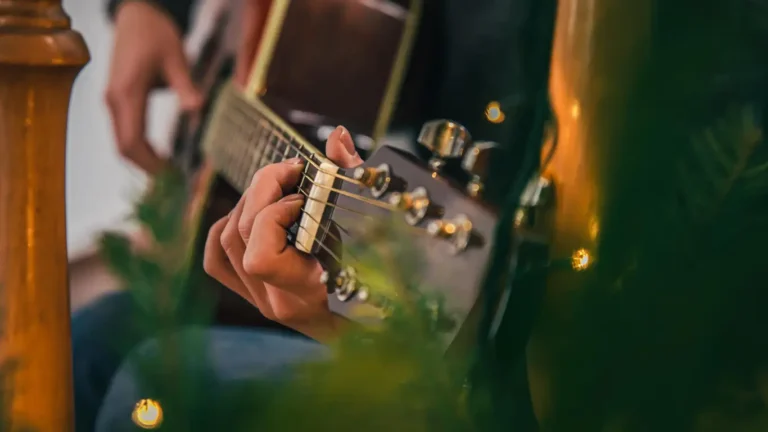The constant problem of selecting handpan scales is quite something, especially since purchasing such instruments requires financial investment and a dedication to playing. There are various thoughts and theories regarding choosing the proper scale and version, but it is typically a matter of personal preference, musical factors, and a dash of chance.
Having said that, when our customers are new to handpans, they frequently contact us for advice, and we are committed to assisting them in selecting the proper scale. As a result, we analyzed our store’s rankings to provide you with the basic facts you need to know about the handpan scales.
7 Tips For Handpan Scales
When making a decision, there are a few simple actions that can be taken:
1. Watch YouTube videos and feel the feelings of various scales: the standard distinction is between major and minor scales, with the former being happier and the latter being darker.
2. Recognize the distinctions among pentatonic, hexatonic, diatonic, and chromatic scales:
– Pentatonic scales are brighter and sound better since the harmonics are repeated many times – each note is frequently repeated in two stacked octaves:
- (Japanese scale miyako-bushi) Akebono
- (Minor) Pygmy
- Magical Journey (Minor)
- Major Oxalis
- Majority (majority)
- Major pentatonic
- Dorians (Pygmies)
– Hexatonic (6-note) scales typically avoid the one note that takes you out of context. This note is usually the scale’s fourth degree. The following are some of the most popular six-tone handpan scales:
- Dorian (Amara/Celtic Minor)
- Blues (scale of blues)
- Minor equinox
- Minority (minority)
- Dorian La Sirena
- The Mixolydian (Mixolydian) scale
- Minor (mystic)
- Major: YshaSavita
– Diatonic, 7-note scales are ideal if you are serious about harmonic and melodic studies: they contain all of the intervals of any given scale, major or minor. They will force you to study and exploit the capabilities of your instrument:
- Aeolian (secondary)
- (Minor) Annaziska/Kurd
- Hijaz (dominant phrygian)
- (Mixolydian) Jibuk
- Dorian #4 Romanian Hijaz
- Sabye is a Lydian.
– Chromatic handpans, often known as mutants, are used by players who require extra notes to explore different scales or modes. These handpans are ideal if you intend to perform with professional musicians or utilize your instrument in intricate projects that require additional notes. Chromatic handpans are usually created to order.
3. Try to have the fundamental note of your handpan scales on the Ding: always analyze the scales, as understanding the degrees and having the introductory note on the Ding will make playing easier. Some models, such as mine stainless Hijaz, have the fifth degree on the Ding. It’s a fine instrument, but you need to learn to think of the Ding as a passing note that resolves to the true tonic of your scale, the A3. Instead, if the Ding is the root, you might play with it to emphasize the concept of the scale.
4. Listen to the material: handpans made of nitrided DC04 steel provide a richer sound with distinct overtones and good sustain. Stainless steel handpans are brighter, with a longer sustain and a tendency to lose some bass frequencies as the overtones sound brighter. While the former is preferable for percussionists, the latter is excellent for more delicate and slow musicians who enjoy sound filling the air and less percussive rhythms.
5. Experiment with a few: each player has a relationship with the instrument. Like any other instrument, everyone has preferences and connects more with one handpan than another.
6. Seek assistance from other musicians: Spend time with artists you know to learn about the potential of the scale or music genre you’re interested in.
7. Inquire with Navasaz Academy: we’d be pleased to offer suggestions based on our experience as producers and musicians.

Most Popular Handpan Scales
How do I select handpan scales? There are various categories and scales available. Many of these are determined by music theory; however, here are a few examples from the RAV Pan collection.

While the popularity of handpan scales varies based on individual preferences and musical situations, many scales have garnered excellent reputations and admiration among handpan fans. Let’s look at some of the most common handpan scales in no particular sequence.
The D Minor Scale
The D minor scale is commonly recognized as one of the most popular and flexible handpan scales. Its melancholy and introspective nature allows musicians to create passionate tunes that resonate with listeners. The D minor scale is frequently connected with feelings of desire, contemplation, and depth of emotion.
The C Major Scale
The C major scale is recognized for its bright and upbeat tone. It is widely recognized as a fundamental scale in Western music and is frequently connected with feelings of excitement, optimism, and celebration. On a handpan, the C major scale can produce upbeat and fun tunes.
The F Major Scale
The F major scale has a warm and resonant sound. It has a relaxing and reflective tone that elicits tranquility and serenity. The F major scale on a handpan helps players create dreamy and thoughtful melodies.
The A Minor Scale
Another frequent choice among handpan players is the A minor scale. Its melancholy and introspective nature contributes well to creating expressive and evocative songs. The minor scale can inspire longing, nostalgia, and deep emotion.
The G Major Scale
The G major scale has a bright and uplifting aspect that perfectly connects to crafting tunes that promote joy and hope. It is frequently related to feelings of optimism and zeal. The G major scale on a handpan can produce lively and energetic melodies.
The E Minor Scale
Many handpan players use the E minor scale because of its versatility and expressive possibilities. Its melancholy and introspective nature helps musicians to create highly emotional melodies. The E minor scale can elicit longing, introspection, and emotional depth.
The D Major Scale
The D major scale is noted for its lively and joyous tone. It is frequently related to feelings of joy and optimism. The D major scale on a handpan can produce uplifting and dynamic tunes, inspiring listeners with its lively and happy tone.
The G Minor Scale
The G minor scale is popular for handpan players looking for a more profound and mysterious scale. It can elicit feelings of contemplation, sorrow, and emotional depth. The G minor scale helps artists to compose melancholy and gloomy melodies.
The Akebono Scale
The Akebono scale is a Japanese scale with a characteristic tone. It has a pentatonic nature with additional notes, resulting in a scale that is both charming and enigmatic. The Akebono scale on a handpan can produce tunes that transport listeners to Japan’s tranquil surroundings.
The Kurd Scale
Middle Eastern music traditions inspired the Kurd scale with a rich and exotic sound. It has a particular modal quality that can generate feelings of intrigue and adventure. The Kurd scale on a handpan allows artists to create fascinating and mesmerizing tunes.
The Integral Scale
The Integral scale is a relatively new addition to the world of handpans. Its distinct and elaborate note layout distinguishes it, allowing for complex and harmonically rich compositions. The Integral scale provides artists with many tonal choices, making it a favorite among those looking for unique and unconventional sounds.
Navasaz Academy Has A Notice
Handpan instruments provide a compelling and one-of-a-kind musical experience, and the scale used powerfully determines the instrument’s tone and emotional impact. The most popular handpan scales, such as the D minor, C major, and F major, have captivated performers and audiences worldwide. However, the correct handpan ranking for you is determined by your preferences, musical style, and the feelings you desire to communicate.
 String Instr
String Instr Percussion Instr
Percussion Instr Wind Instr
Wind Instr Keyboard Instr
Keyboard Instr Tools
Tools Books
Books

